Standard deviation (represented by the symbol sigma, σ) shows how much variation or "dispersion" exists from the average (mean, or expected value).
The standard deviation of a random variable, statistical population, data set, or probability distribution is the square root of its variance. A standard deviation close to 0 indicates that the data points tend to be very close to the mean (also called the expected value) of the set, while a high standard deviation indicates that the data points are spread out over a wider range of values.
The standard deviation of X is the quantity
